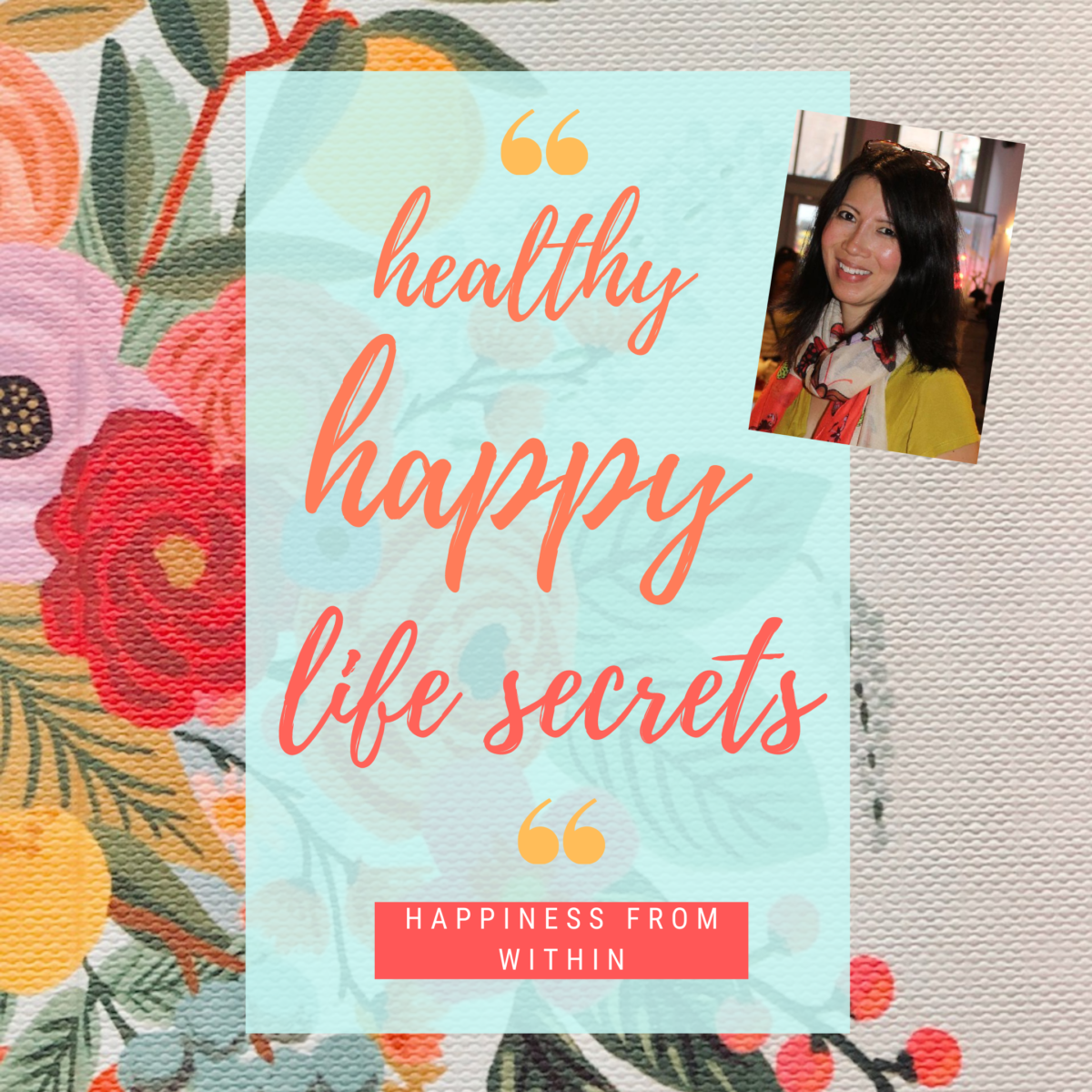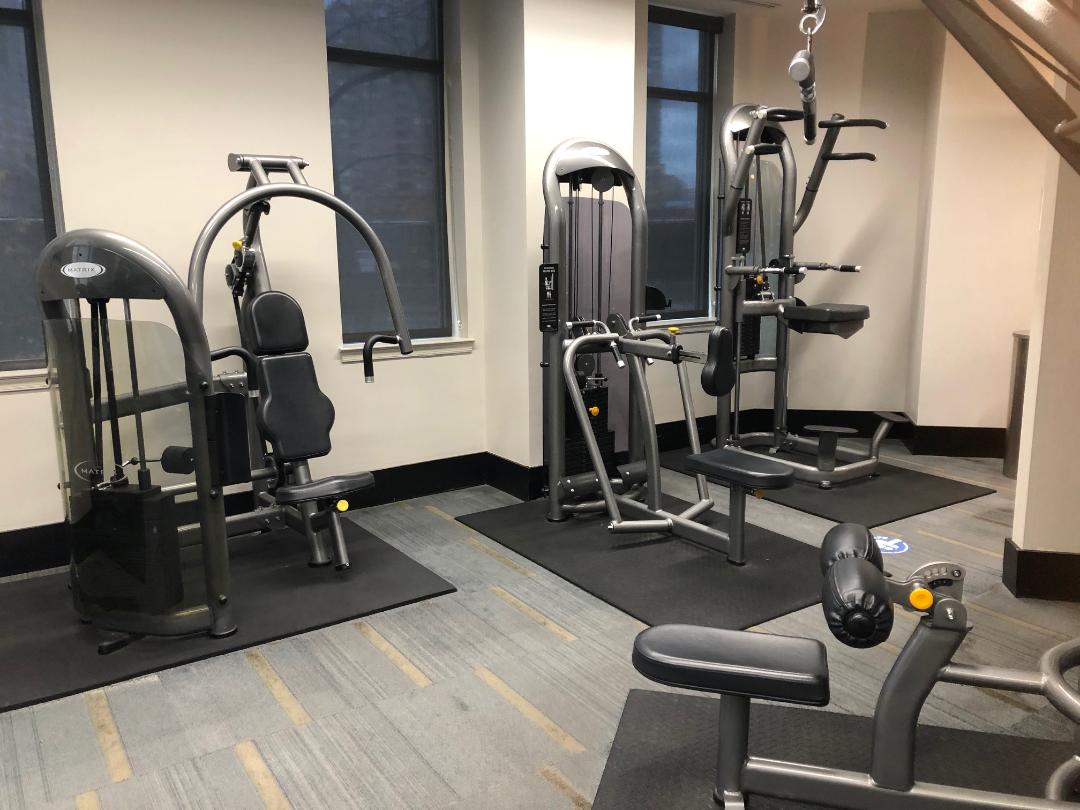Good butt exercises (or glute exercises) are the most impactful for overall body.
Learn why that is and what you can do about getting your derriere in shape below…
If you’ve ever been to physical therapy, the approach to restorative body healing uses repetitive movements, such as core, arm, leg, and glute exercises.
Like yoga, physical therapy exercises are healthy and help to increase your flexibility, strength, and balance.
When you’re not healing from an injury, your body is malleable and wants YOU to work out.
That’s our natural way, like horses and greyhound dogs that are born to race.
If they’re not galloping and running, they’ve lost the opportunity to do what they’re happily born to do. We as humans, similarly are naturally meant to think, be and do.
When we take the opportunity to get active and move, we gain energy and better our health, and that makes us feel better.
If your body could speak, it would say, “put me to work.”But your mind shares back, “I don’t feel like it,”…and then that puts an end to your physical activity. Your mind wins and you actually lose in that moment.
But if you could convince your mind that exercise is easy, effortless… oh, and fun! …whoaa, that could be a game-changer, and your mind, body and you could all be on the same page.
I’ve found (and maybe you agree), that if you find an easy, almost effortless, and rewarding routine, then you would continue doing (like your lifelong healthy eating diet plan)…
On that mission, I discovered some good butt exercises (described below), that give our overall delicate bodies, better results with little effort, that never gets old, and help you stay young and ageless.
Not to mention, the benefit of exercising without a gym. You can do these exercises when you just need a break (instead of opening the fridge for a snack or when you want to watch a few minutes of television).
If you do get to the gym… we love our gyms! then be sure to make use of the expensive and well-maintained machines.
Good Butt Exercises For Impact
Let’s start with your glute muscles. Your largest muscles are in your gluteus maximus (butt) and quadriceps (lower thigh just above your knees).
One of the best machines you can use is the leg press machine that stretches both, using weight.
This will give a killer toned bottom… and are the best butt exercises you can do to fit in your favorite jeans!
If you have access to a gym, then take advantage of that. It’s a machine that looks like a recumbent bike with a big rectangle attached at the end where your feet will rest.
If you don’t have any specific leg or knee weaknesses (or injuries), start at more pounds than you would with arm weights.
As a female, I comfortably lift 20 pounds total for dumb bell arm weights, and lifting 5 times that for my legs. Starting a little lower is safe and smart, but that gives you some idea.
That’s because your glutes are strong muscles and are used regularly every time you get up and down.
It’s doable even if you’re a 100-120 pound female (I’ve tested). It’s possible to increase the leg weight above your actual weight. That’s how powerful your leg and butt muscles are.
At first, I recommend trying this for 2-3 repetitions of 10 press exercises (20-30 total), but don’t get on this machine every day.
Once or twice per week and giving yourself some rest is good for any muscle group.
If you’re unsure of the weight, you can always start with less weight such as 55-80 lbs, and gradually increase as you warmup.
Ideally, the next day from this butt and leg workout, you should feel something, or a slight tightness, but be able to fully move without pain or any inability. You want to test your experience, and gradually increase weight.
If you find you feel zero soreness the next day, don’t be too shy to add an extra 10 pounds for the leg press, as you want to challenge your muscles in a good way.
Lifting weights has different exercise goals than say yoga. Both have developing strength goals, but in yoga, you’re using your body weight so you can also focus on stretching, flexibility, and balance.
In weight training, you want to be careful because you can hurt yourself (if you don’t stay focused on your deliberate and safe movements).
Without using weights in yoga, like say in Fish Pose where your head is hanging backward, you can still hurt yourself, as you’re holding up your 10-20 pound head. So you still want to test and check your body form in yoga.
At Home Overall and Good Glute Exercises
If you don’t have access to a gym (sometimes I didn’t) or it’s not convenient, you can discover great at-home exercises like I did.
You can do this for the leg press exercises I mentioned above, without a machine.
You can do these impactful glute exercises against a wall. You would want to do more repetitions for the same or greater results than on the machine.
To start, my first tip is to invest in a set of dumbbell weights if you don’t already own a pair.
It’s a vital tool for building strength. I use 10-pound weights that I recommend for your first set of weights. You can grow into them.
For lighter weights, you can get creative and use items like full water bottles.
Ten-pound weights come in handy also if you want to prop a door open and don’t have a stopper, or you need to flatten out a rolled-up poster or rug. …Just some additional multi-purpose ideas!
But back to the leg press exercise… you can stand against a closed door that I recommend so you don’t accidentally make scruff marks on the wall. (Doors are usually painted with a heavier duty, shinier gloss paint.)
So then up against the wall or door, bend your knees so that your legs and feet form a 90 degree right angle to the floor.
It’s okay to be greater than 90 degrees like 110 degrees, but not less than 90 degrees to protect parts of your body. Aren’t you so glad you learned geometry in school (…remember the protractor tool?).
Then re-check and be sure your back is completely flat to the door or wall so you have full support.
And from there, also check to see if you can see your toes (you want to make sure they’re not behind your knees).
Then once you have the right form, move up and down against the door or wall, with your arms and hands naturally hanging down by your side (and looking straight ahead).
When you first start off, just get used to the motion without weights, and then you can add a water bottle or a lightweight on each hand.
Then gradually add more weight, like the 10-pound weights.
If you want to make an impact on your body, you’ll want to add at least the 10-pound weights when you’re ready.
The other alternative to this at-home leg press exercise is to lay flat on your back.
Get in a 90-degree angle with your back/butt to the floor and rest your feet on a wall or solid piece of furniture (about 1-2 feet off the ground).
Then, push hard into the wall or solid surface.
It won’t be as good on your glutes as the leg press machine, but you’ll get some resistance like a leg press.
And for daily maintenance, get your steps in and take the stairs instead of the elevator. That will help you maintain your butt exercises and get ready for the next time you’re hiking a mountain or using a good butt exercise machine.

